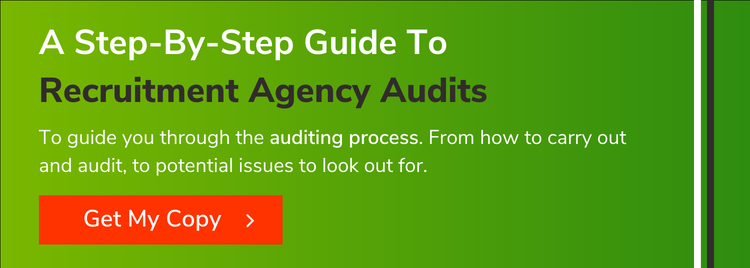Navigating Contingent and Temporary Labour Solutions: PSL vs MSP vs Ad Hoc Approaches
When managing contingent and temporary labour, businesses often juggle three main models: Preferred Supplier Lists (PSLs), Managed Service Programmes (MSPs), and Ad Hoc arrangements. Each has distinct advantages and drawbacks. Let’s break them down in plain terms.
1. Preferred Supplier Lists (PSLs)
Pros:
- Simplifies agency relationships: A curated list of suppliers reduces administrative hassle by limiting the number of agencies you work with.
- Cost control: Negotiated rates with selected agencies can lower fees compared to open market sourcing.
Cons:
- Limited accountability: No single party oversees the entire process, leading to inconsistent candidate quality and supplier prioritisation of targets over outcomes.
- Scalability issues: PSLs often expand uncontrollably as hiring managers add their preferred agencies, creating a fragmented supply chain.
- Admin burden: No consolidation of invoicing and management information meaning more work to maintain.
2. Managed Service Programmes (MSPs)
Pros:
- End-to-end management: MSPs handle everything from sourcing to onboarding, freeing your team to focus on core tasks.
- Cost transparency: Fixed fees and consolidated billing eliminate hidden costs, often delivering significant savings.
- Strategic insights: Providers offer data-driven analytics on spending, workforce trends, and performance metrics.
Cons:
- Less flexibility: Some MSPs enforce rigid processes, which may not suit highly niche or rapidly changing needs.
- Vendor bias: Traditional MSPs might favour specific agencies, limiting access to a broader talent pool.
3. Ad Hoc Supply Arrangements
Pros:
- Maximum flexibility: Ideal for one-off or specialised roles where standard processes don’t apply.
- Quick response: Enables rapid hiring without lengthy procurement procedures.
Cons:
- Inconsistency: Unstructured processes lead to variable candidate quality and employer brand misrepresentation.
- Hidden costs: Unregulated agency fees and manual administration inflate expenses over time.
- Compliance risks: Lack of oversight increases legal exposure, especially in regulated industries.
The Neutral Vendor Advantage
Traditional MSPs and PSLs have gaps—either in flexibility or transparency. This is where vendor-neutral managed services like Datum RPO shine.
Why choose a neutral vendor?
- Unbiased sourcing: Partnering with a nationwide network of agencies ensures the best candidate match, not just the easiest option.
- Centralised control: Real-time reporting, compliance checks, and performance metrics are streamlined through a single platform.
- Scalability: Adjusts seamlessly to fluctuating hiring needs without compromising quality or cost.
- Enhanced employer branding: Consistent messaging across all agencies strengthens your reputation among candidates.
Datum RPO’s approach combines the agility of ad hoc hiring, the structure of an MSP, and the fairness of a neutral vendor. With tailored solutions, end-to-end recruitment management, and a focus on diversity and compliance, it’s a modern answer to contingent labour challenges.
Final Thoughts
While each model has its place, businesses increasingly need a blend of flexibility, transparency, and strategic oversight. A neutral vendor managed service bridges these gaps, offering a smarter way to balance cost, quality, and efficiency. Ready to optimise your contingent workforce? Partnering with experts like Datum RPO could be your next best move.
.webp?width=1500&height=600&name=Logo%20Hat%20(6).webp)








.png?width=180&height=180&name=Ecovadis%202024%20(200%20x%20200%20px).png)
